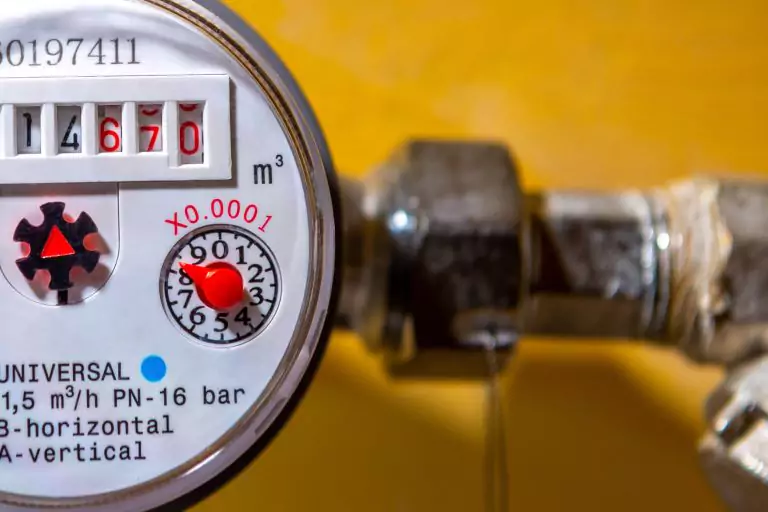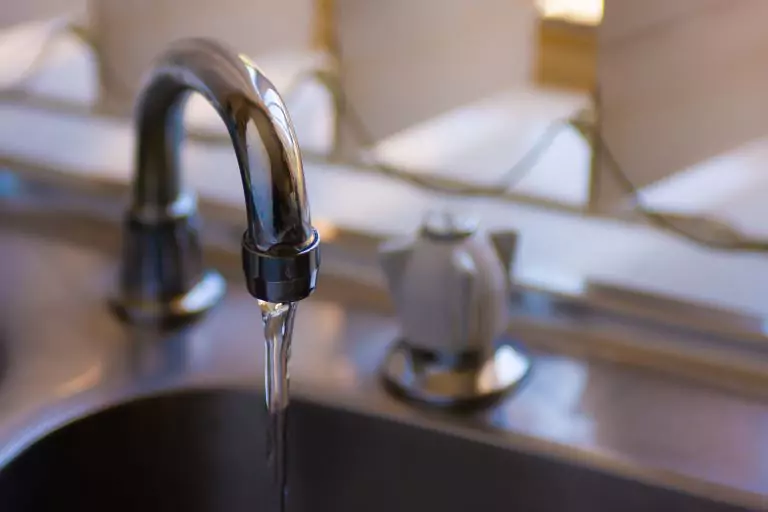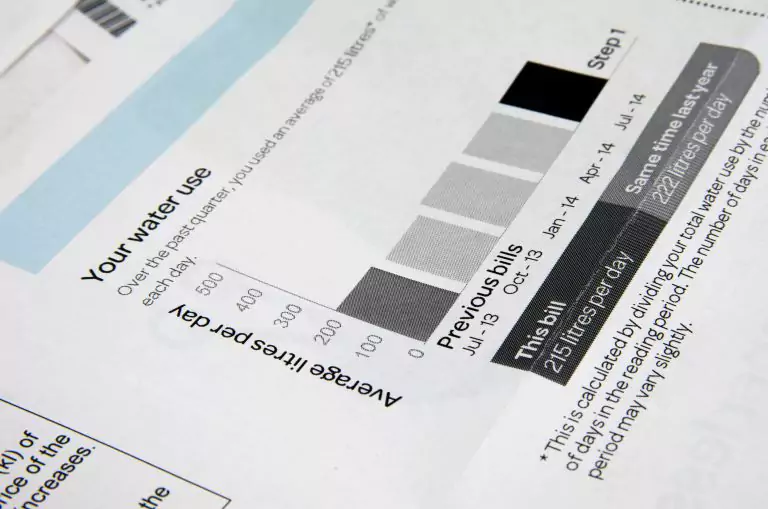So you’re tired of cringing every time you open the water bill? Don’t feel alone in this. Many homeowners struggle with rising water costs, but there are many ways to reduce your usage and save your money.
By implementing a couple of simple changes in your daily habits and your home maintenance, you could significantly lower your water consumption without sacrificing comfort or convenience. In this blog post, you’re going to discover practical tips and strategies to help conserve water and keep more money in your pocket. From fixing leaks to upgrading appliances, these methods not only benefit your wallet but also contribute to environmental conservation.
Installing Low-Flow Toilets or Shower Heads
Upgrading your bathroom fixtures to low-flow models is an excellent way to reduce water consumption and save money on your water bill. These alternatives reduce your household’s water usage.
Low-Flow Shower Heads
Low-flow shower heads are designed to reduce water flow while maintaining adequate water pressure. They typically use 2.5 gallons per minute (GPM) or less, compared to older models using up to 5 GPM. By installing a low-flow shower head, users could save up to 60% on their regular shower water usage. Some benefits:
Easy installation that can take just a few minutes
Water savings right away
Various spray patterns and settings for a customized experience
Potential energy savings from reduced warm water usage
Water-Efficient Toilets
Toilets are one of the biggest water consumers in most homes. Switching to a dual-flush or low-flow toilet can dramatically reduce your water usage. Modern low-flow toilets use about 1.28 gallons each flush or less, compared to older models that use around 3.5 to 7 gallons each flush. Before switching, consider this:
Go for WaterSense-labeled models for guaranteed efficiency
Dual-flush options allow different water amounts based on waste type
By making these simple upgrades, you can significantly reduce your water consumption as well as lower your monthly bills while contributing to water conservation efforts.
Using a Dishwasher Instead of Handwashing
When it comes to saving water and reducing utility bills, your dishwasher can be your ally. Contrary to popular belief, using a dishwasher could be more water-efficient than washing dishes by hand.
Water Conservation
Modern dishwashers are designed with water efficiency in mind. On average, a dishwasher uses about 3 gallons of water every cycle, while handwashing uses up to 27 gallons for the same amount of dishes. This significant difference in water consumption can lead to substantial savings on water bills over time.
Energy Efficiency
Not only do dishwashers use less water, but they also tend to be more energy-efficient. Most models heat water more efficiently than your home’s water heater, and many come with energy-saving features like soil sensors and eco-cycles. These innovations help reduce both water and electricity usage which reduces costs.
Time
While not directly related to your water bill, the time you save from a dishwasher is valuable. Instead of spending time scrubbing dishes, you can load the dishwasher and use that time for other activities.

Make Sure You Fix Leaks Promptly
Leaky faucets and pipes are silent culprits that significantly inflate your water bill. It’s crucial to address these issues promptly to prevent unnecessary water waste and keep your expenses in check.
Identifying Leaks
Be vigilant about spotting the signs of leaks in your home. Look for:
Unusually high water bills
Damp spots on walls, ceilings, or floors
Mold or mildew growth
The sound of running water when all taps are off
Regular inspections of visible pipes, faucets, and fixtures can help you catch leaks early.
DIY Fixes vs. Professional Help
For minor leaks, such as dripping faucets or running toilets, you could be able to handle the repairs yourself. Many hardware stores offer affordable repair kits with clear instructions. However, for more complex issues or if you’re unsure, it’s wise to call in a professional plumber. While there’s likely an upfront cost, their expertise can prevent costly water damage and ensure a long-lasting fix.
The Impact of Prompt Action
A seemingly small leak can waste gallons of water daily. For instance, a faucet dripping once every second can waste up to 3,000 gallons annually. By fixing leaks promptly, you’re not just saving money on your water bill, but also conserving a precious resource and even preventing structural damage to your home.
Adjust Lawn Watering Habits
Optimizing your lawn watering routine should significantly reduce your water consumption. By utilizing these smart watering practices, you can maintain a lush lawn while conserving water and saving money.
Water During Optimal Hours
To maximize your efficiency, water your lawn during the early morning or late evening. These cooler periods minimize water loss due to evaporation, allowing more moisture to reach the grassroots. Avoid watering during midday when the sun is at its peak, as much of the water evaporates before it benefits your lawn.
Adjust Sprinklers
Regularly inspect and adjust your smart irrigation system to ensure it’s working efficiently. Check for leaks, broken heads, or misaligned sprayers that may be wasting water on sidewalks or driveways.
Embrace Drought-Resistant Landscaping
Consider incorporating drought-resistant plants and grasses into your landscaping. These species require less water to thrive, reducing your overall water usage. Implement some xeriscaping techniques, such as using mulch to retain soil moisture and grouping plants with similar water needs together. By strategically designing your landscape, you can create an attractive, low-maintenance yard that consumes less water and saves you money in the long run.
Consider Water Collection Systems
Implementing water collection systems can significantly reduce your reliance on municipal water supplies, leading to substantial savings on your water bill.
Rainwater Harvesting
Rainwater harvesting is an excellent way to collect and store water for non-potable uses. By installing gutters and downspouts that direct rainwater into storage tanks, you can accumulate a significant amount of water during rainy seasons. This collected water can be used for irrigation, flushing toilets, or washing cars, reducing your overall water consumption from the main supply.
Greywater Systems
Greywater systems recycle water from sinks, showers, and washing machines for reuse in applications that don’t require potable water. By implementing a greywater system, you can repurpose water that would otherwise go down the drain, effectively doubling its utility. This recycled water is perfect for watering plants or flush toilets, helping you save while also promoting environmental sustainability.
Dew Collection
In areas with high humidity, dew collection systems can be an innovative way to gather water. These systems use specially designed surfaces to condense atmospheric moisture, collecting it for various household uses. While not as high-yield as rainwater harvesting, dew collection can supplement your water supply, especially in drier regions or during drought periods.

Need Help With Water Bills? Receive a FREE PHONE as Well!
If you’re trying to find assistance with water bills, we have some great news. Did you know that you could also qualify for a free phone? That’s right, and it’s thanks to EASY Wireless and Lifeline!
How The Program Works
When you qualify for the Federal Government’s Lifeline Assistance Program on tribal lands with providers such as EASY Wireless, you receive the following connectivity benefits:
EASY Wireless Phone Offer:
FREE Smartphone
6 GB High-Speed Data
FREE Unlimited Talk
FREE Unlimited Text
FREE SIM Card Kit and Activation
Choose to Keep Your Number or Get a New One
Applying With EASY Wireless
The easiest way to start with EASY Wireless is to apply online by clicking below:
Start Saving Today!
Find Your Nearest EASY Wireless Store
Another way is to come to one of EASY Wireless’s retail stores, where its customer service support team helps you apply for the benefits.
Either way, the first step is to provide proof of identity with a government-issued ID. This is so you can confirm your participation in one of the qualifying programs or that you meet the income requirement.


